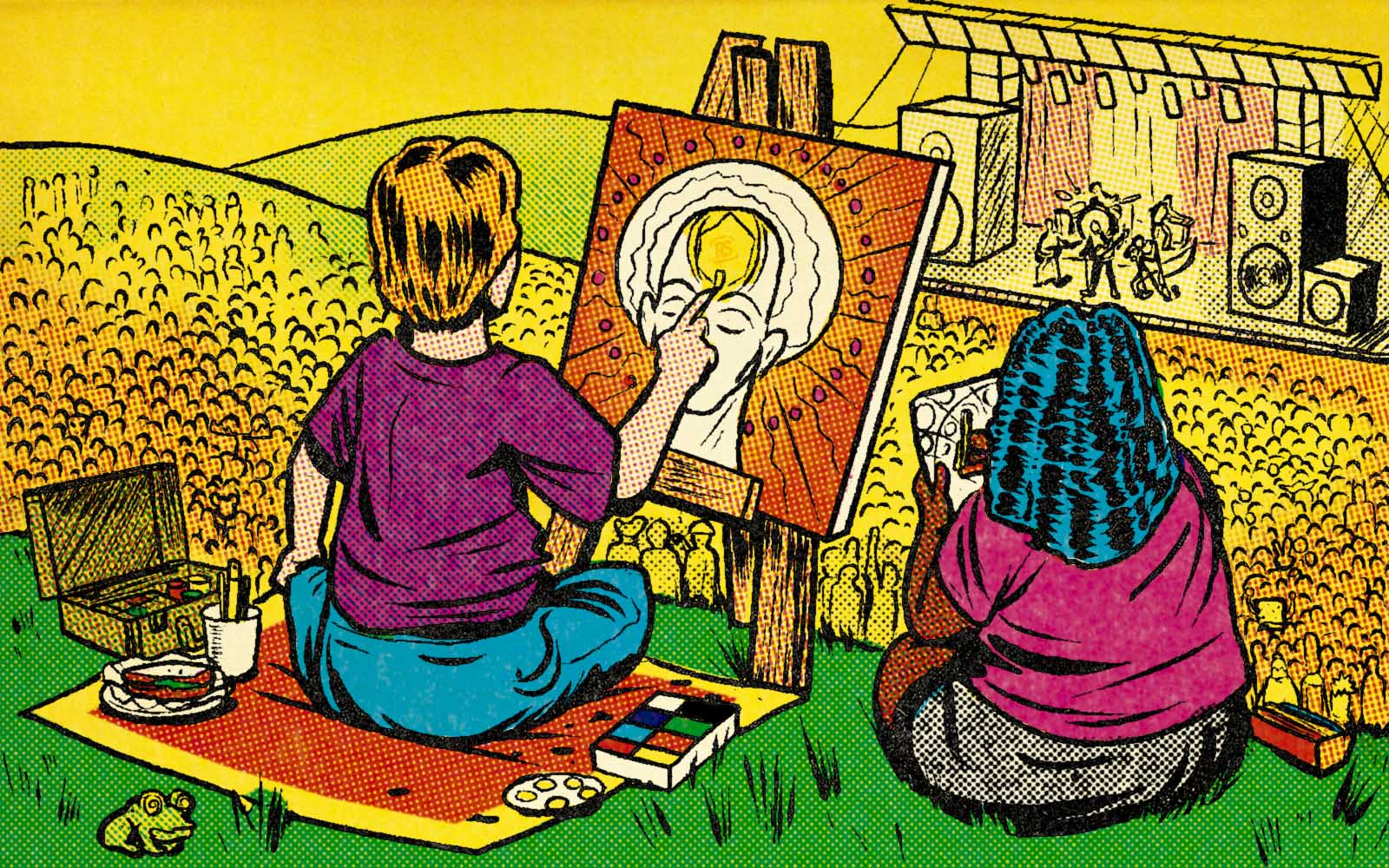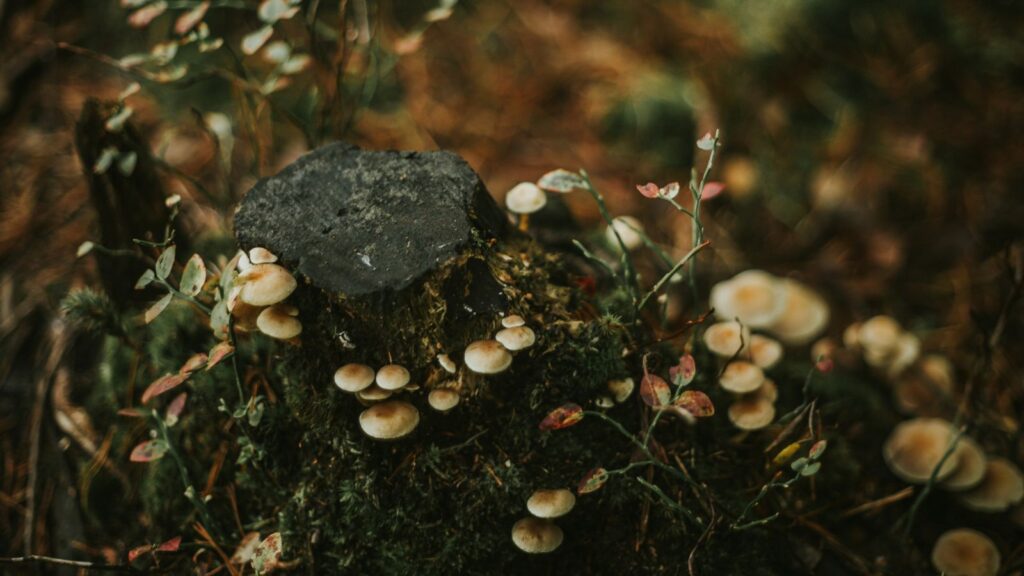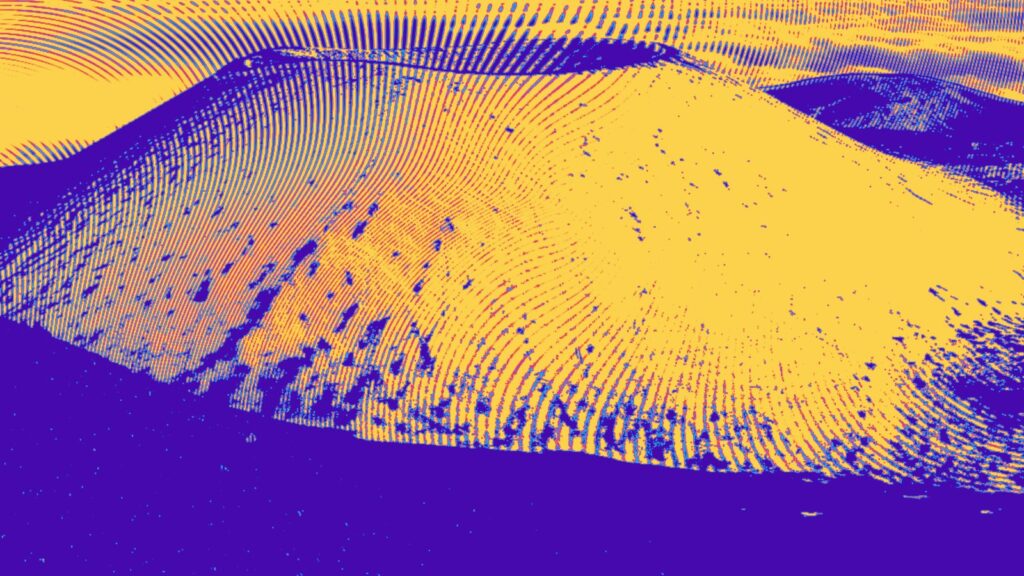DMT art gives us glimpses into the imperceivable realms of our 3D reality. As Psychedelic art is continuing to expand we are finding synchronicities within the worlds these artists have created. As we continue to explore the multiverses through entheogenic technologies, artists will play a large role in translating the psychedelic language.
“It may be that DMT makes us able to perceive what the physicists call “dark matter” – the 95 percent of the universe’s mass that is known to exist but that at present remains invisible to our senses and instruments.”
Graham Hancock
“The artist’s task is to save the soul of mankind; and anything less is a dithering while Rome burns. If artists cannot find the way, then the way cannot be found.”
Terence McKenna
What is DMT Art?
The fantastic visions and entity contact people experience on a DMT trip is most often best understood when translated into artwork. DMT artwork allows users to visualize the complexities of a DMT trip in a way that words could never fully accomplish. Whether blasting off to another realm or diving deep into personal consciousness, DMT gives perspective to see and feel simultaneously. In becomes out, out becomes in. Living turns into dying, dying turns into living. DMT art often depicts the endless illusion of oneness. Much of this style of artwork has emanations of a range of core entities that we will explain in the article below.
Meeting the DMT Trip Entities
As stated above, almost all pieces of DMT artwork emanate from DMT entities or an ultra dimensional interaction. These entities come into contact with nearly all DMT explorers. This synchronistic phenomenon has been the peak of many psychedelically dipped scientists’ and researchers’ interests. Below is an excerpt from the Survey of Entity Encounter Experiences Occasioned by Inhaled N,N-Dimethyltryptamine: Phenomenology, Interpretation, and Enduring Effects. The authors of this survey attempt to catalog these synchronicities to understand these entities better.
Survey of Entity Encounters
Participants in an online survey shared information about their most memorable encounter with an entity after consuming N,N-dimethyltryptamine. The survey included 2561 people with an average age of 32. The participants were predominately male (775). It is the largest survey on the subject at the time of this article’s publication.
The most common entities:
- Being (60%)
- Guide (43%)
- Spirit (39%)
- Alien (39%)
- Helper (34%)
- Other labels (range 10–16%), included the terms: “angel,” “elf,” “religious personage,” or “plant spirit”
- Additional labels (range 1–5%) included the terms: “gnome,” “monster,” or a “deceased person”
99% of those who participated in the survey reported having had an emotional response to the experience (99%).
Reported feelings:
- Joy (65%)
- Trust (63%)
- Surprise (61%)
- Love (59%)
- Kindness (56%)
- Friendship (48%)
- Fear (41%)
What are DMT Entities?
The above survey defines the common identities and characteristics DMT entities take on, but they don’t necessarily detail what specific forms they take on. Below will further describe the entities the inhabit the DMT and other psychedelic realms.
Frequent DMT Creatures
- Tentacled Beings
- Felines
- Insects (especially mantids)
- Reptiles
- Robots
- Aliens
- Humanoids
- Machines Elves
Machine Elves
Wait. So, what in the world are machines elves? As explained in our article on machine elves, these beings are otherwise known as “clockwork elves,” “DMT elves,” “fractal elves,” and “tykes”. They are some of the most well-recognized entities in the DMT realm, even cross-culturally. The late, great ethnobotanist, philosopher, and writer Terence McKenna coined the term. He often spoke of a series of metaphors to describe his DMT experiences and the machine elves he would encounter along the way. McKenna felt it difficult to reduce the complexities of this experience into the lower dimensions of human language. This is when DMT art can step in and fill in the missing pieces for your logical mind to grasp. Here are additional common trip entities influencing DMT art…
The Feline Beings
The Feline has played a significant role in entheogenic visions, specifically with DMT and ayahuasca. They have an ancient reputation as familiars of the mystic and feral genius for indigenous wisdom. It’s no surprise that we experience the feline kingdom while traveling the multiverse. The most popular feline translated into art is the Jaguar.
The Reptile Creatures
People commonly report visions of reptiles. Specific research has found that black and shiny reptiles who are bipedal and anthropomorphic often present themselves in DMT land. Snakes seem to occur the most frequently, but all ranges of reptiles have been encountered.
“Visions of dragons, dinosaurs, and crocodiles may appear in DMT trips, and they can also be found in descriptions of [psychedelic visuals] produced by other agents, such as ibogaine and ayahuasca, both of which, like DMT, comprise derivatives of tryptamine.”
Shulgin & Shulgin, 1997
The Insectoid Beings
DMT explorers also have encounters with the insect kingdom. Additionally, many people have reported specific experiences with the praying mantis. However, similarly to reptiles, the insectoids appear in many diverse ways in terms of their form and intent. Although many different species of insect present themselves, they are all usually in the form of some sort of diamond fractal.
The Jester Tricksters
The Jesters Trickster typically takes the form of a mischievous humanoid. These Jesters come with a kaleidoscope of tricks, rarely harmful, always playful. Below is a description of a personal encounter with a DMT Trickster.
“I was in a boxcar circling around and around as mischievous trolly trickers dance above me on a terrace. Their faces changed shape from jolly creatures to a gremlin, then to a clown-like human. They were laughing and taunting me, repeating over and over, “wasn’t this fun!’ It was almost as if they were taunting me, and showing me the loops I get stuck in when I’m over-analyzing the past and worrying about the future.”
Random psychonaut, Milwaukee Wisconsin
The Aliens
DMT psychonauts and researchers have theories that UFO encounters are a result of increased DMT production within the brain. Either naturally produced in the brain or inhaled, encounters with extraterrestrials aren’t as cliche as the little green men that Hollywood has depicted. Furthermore, some people describe DMT aliens as looking more like fairies rather than aliens. They are similar to machine elves, which take on a child-like form, with a sweet and innocent disposition. Although child-like, alien encounters have also been reported to perpetually change form to the unique heart of each explorer.
“When intoxicated by DMT, the mind finds itself in a convincingly real, apparently coexisting alien world. Not a world about our thoughts, our hopes, our fears; rather, a world about the tykes — their joys, their dreams, their poetry. Why? I have not the faintest idea.”
Terence McKenna
DMT Inspired Artists
Below are six profound psychedelic visionary artists of our time including their bios and quotes from their websites.
Amanda Sage
Amanda Sage is an artist driven by the desire to reveal art’s critical role in spiritual transformation.
“Through my work I aim to shatter the ‘illusion of separation’, to challenge the viewer to question and evolve out of ignorance, conditioning, and ingrained genetic habits.”
“My aspiration is to paint messages, visions, and narratives that communicate with an ‘older & wiser us’, awakening ancient memory; as well as the ‘present us’, that we may grow up and accept the responsibilities towards ourselves, each other, and the rest of existence on this planet… now.”
Amanda Sage
Android Jones
At the center of Jones’ work is spirituality and altered states of consciousness. Describing his work as Electro-Mineralism, Jones attributes his ability to create to the wonders of technology, crediting the planet’s resources for advancements in art production. Manipulating light and energy, Android Jones captures complex concepts while utilizing his formal background in the arts. Described as a digital alchemist, he is determined to alter the viewer’s perception, pushing the boundaries of the imagination through the use of innovative media forms.
“I have seen things in this life that I am incapable of translating into words. In my practice, I have visited realms where the imagination ends, and the terrifying beauty of infinity unfolds over and over again.”
“If I could distill into words exactly what motivates me to create the art that I make then it would not be worth making it. Instead, I have chosen the Pen.”
“Honestly, I don’t know why I make this art, or what compels me to keep creating it; it’s a mystery I intend to pursue for the rest of my life, and each image brings me closer to the Ultimate Truth.”
Android Jones, 2013
Salvia Droid
Kyle Sawyer (aka SalviaDroid) is a visionary digital artist who portrays his psychedelic experiences in impressive detail. His name is inspired by the naturally occurring hallucinogen Salvia divinorum (sage of the diviners), a plant that induces visions when ingested or smoked. His early work is inspired by his experiences with this plant, however, his more recent art is inspired by DMT and captures many elements of this compound’s distinct nature.
Salvia Droid translates the ineffable human consciousness through the medium of artistic creations. His art is based on his psychedelic voyages on the waves of a variety of psychedelic substances like DMT and Salvia. He creates detailed intricate artwork that masterfully captures the transcendental nature of the mystical experience. His ability to put those experiences on paper is amazing.
Alex Grey
Alex Grey stands at the pinnacle of the visionary art world, his works more widely known and recognized than any other artist in the psychedelic visionary genre. Below is a statement from Alex on his entheogenic perspective.
“For myself as well as other artists, entheogens have played a crucial role in the creative process, however, I don’t advocate that artists live in a constant haze of chemically altered consciousness, and some sensitive artists should completely steer clear of the substances. Vision drugs catalyze our inherently visionary and potentially mystical dimensions of consciousness. May they be recognized and honored for the powerful and sacred substances that they are, proof of the importance and infinite vastness of the subtle inner worlds of imagination and illumination, and may they open an endless source of inspiration for new universal sacred art.”
Alex Grey
Allyson Grey
Allyson Grey, a conceptual abstract painter, and co-founder of CoSM, Chapel of Sacred Mirrors, has long been a mentor and influencer of the contemporary Visionary Art movement. In 1971, in a psychedelic awakening through the guidance of Ram Dass’ book Be Here Now, Allyson heard a voice calling her to express in her art an essentialized world view. Chaos, Order & Secret Writing came to artistically symbolize human perception’s three essential characteristics, a minimal yet all-encompassing artistic statement worthy of immersion for a lifetime. Allyson’s art is a personal and shared meditation on the structure of thought, life, and enlightenment.
Pablo Amaringo
Recognized as one of the world’s great visionary artists, Pablo Amaringo was renowned for his intricate, colorful paintings inspired by his shamanic visions. A master communicator of the ayahuasca experience–where snakes, jaguars, subterranean beings, celestial palaces, aliens, and spacecraft all converge. Amaringo’s art presents a doorway to the transcendent worlds of ayahuasca intended for contemplation, meditation, and inspiration.
Susan Seddon Boulet
She drew her inspiration from a wide variety of sources: mythology and poetry, Jungian psychology, and worldwide spiritual traditions, as well as a deep love of animals and the natural world. There is a fairy tale quality to her work, a sentimental recalling of childhood dreams of fairies and castles and magic. Her art exerted and continues to exert a profound influence on the lives that it touches. Today Susan Seddon-Boulet is considered one of the founders of the visionary art movement in the United States. Her paintings are widely held in collections around the world.















